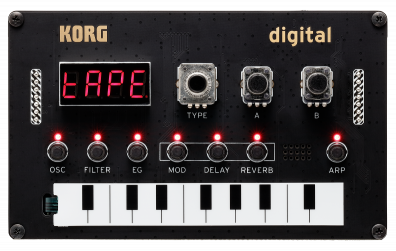
My background
In my previous job I’d worked remotely during 5 years, and now due to COVID 19 we have to work from home again. From time to time people ask me about the lessons learned during my remote position: I mostly answer explaining the common problems and ways to solve them. Actually I even did a presentation on the subject.
However there is a topic that rarely appears in questions, and due to this pandemic situation, I consider vital to keep out IT industry in good shape: mentoring juniors and interns. In my experience, I mentored people from Mexico, India and Spain, remotelly.
Juniors in the remote world
The main problem working from home is the lack of communication. This problem has effect in all employees, but it’s far more severe in the case of juniors.
Juniors are basically novices in the Dreyfus model of skills, which means that they should be learning following rules and examples. Novices don’t know why an error arises. They look for constant feedback. Feedback is key to improvement, which is what you want a junior to focus on. Feedback is communication.
Juniors can’t work autonomously. They need the guide of a senior. They may not need the big picture, but a clear task to do, challenging but understandable: they need to keep momentum. They need a plan with examples. In some cases, like working in a fast-moving startup, the lack of plan can be very confusing.
Juniors bring freshness and enthusiasm. But if they don’t feel on track, their excitement starts to go down; and believe me, it’s the worst that can happen. It’s important to realize this situation as soon as possible, because depending on junior’s personality (openness, sincerity, etc), this problem could remain hidden for weeks or even months, and leads to fatal consequences.
There is a minor problem too that use to happen in remote situations: the lack of “team” feeling. In the case of juniors this can be an issue too.
Communication
Communication is the key to keep a junior on track: it helps his learning process and his daily rhythm. But working from home makes this communication less casual, so we need to patch this problem with some processes. Following I present some possible solutions.

Daily Learning
A senior should be always available to give feedback to a junior. Moreover, it should make him understand that if he has any doubts, he can freely ask about it, despite he could sound silly. This also helps to give advice just-in-time, while keeping the feedback loop really short.
It’s is vital that each conversation with a junior ends with an explicit “I understand” or some other form of ACK. A quiet answer is no answer.
A senior should give examples to learn from, and take always the chance to explain some lessons learned while doing a similar task (that the junior is currenlty doing).
Finally, a senior should challenge the mind of a junior. A common way is to ask him for alternative solutions: try to find 2 solutions to the problem (or at least a variation of the solution); and later discuss the trade offs together.
Planning
It’s mandatory to set 1:1’s frequently. In these meeting there should be a follow up of the junior’s career evolution. Your company may have a career track, like this one by patreon, or just a simple list of concepts to cross out. But anyway the junior should understand clearly his good points and the ones to improve.
Junior members should know the general idea of the following tasks, and have at clear path: a list of tasks with easy explanations.
Team building
There are lots of different actions for team building, even for the remote case. But these days it’s quite common to see online meetups and tech events, some of them with a cheap or free access. It’s a great chance to invite juniors to watch the event together, and later discuss the subjects.
Another similar approach is a reading club: find some must-read tech book, and set a time to discuss each chapter together.
Final words
This new work-at-home world has come to stay. Hiring and mentoring juniors can be more difficult, but the energy and momentum that bring to the team is worth of. And, frankly, they are cheaper to hire too. The industry can’t live without them, and now it’s not the time to look away.
Be the mentor you wanted to meet when you were a novice.
This text was proofread by some juniors.
 Some months ago I bought a small Korg NTS-1, a digital synthesizer that can host 3rd party code both for oscillators and effects. Despite I’ve been always interested in the subject, from a programming perspective, I’ve never tried to program my own sound effects (except for a lab practice during my master years).
Some months ago I bought a small Korg NTS-1, a digital synthesizer that can host 3rd party code both for oscillators and effects. Despite I’ve been always interested in the subject, from a programming perspective, I’ve never tried to program my own sound effects (except for a lab practice during my master years).


